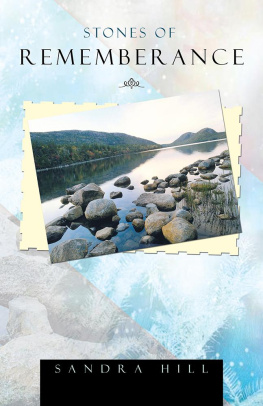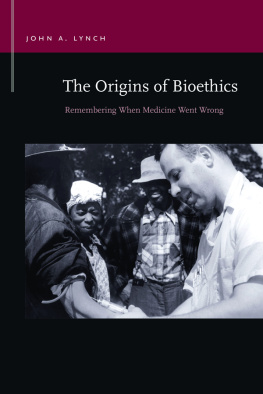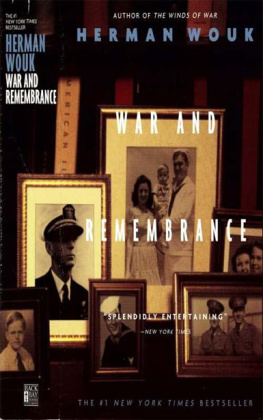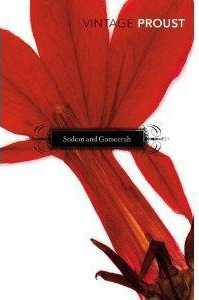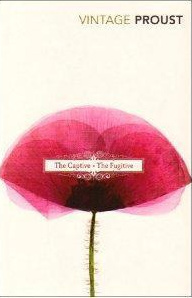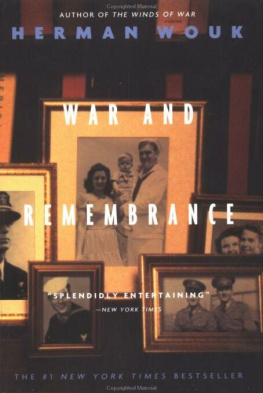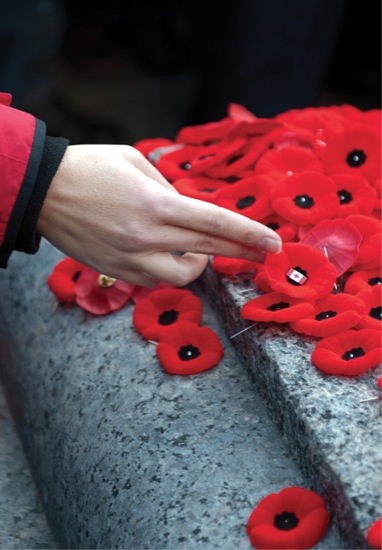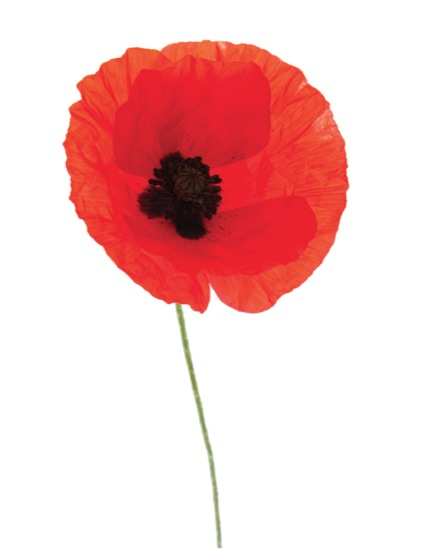In remembrance of Private James Gordon Hill, 11 Field Ambulance, who was my great-uncle. He died during the First World War and is buried in Rouen, France. His most precious gift is remembered with respect and gratitude.
With gratitude to Gordon McKenzie Hill, my dad, who served with honour in the Royal Canadian Air Force in the Second World War and returned to live his life as a proud Canadian. The gift of your return is our constant celebration.
In memory of my mother, Helen Plasteras Hill.
For Peter, my partner in remembering.
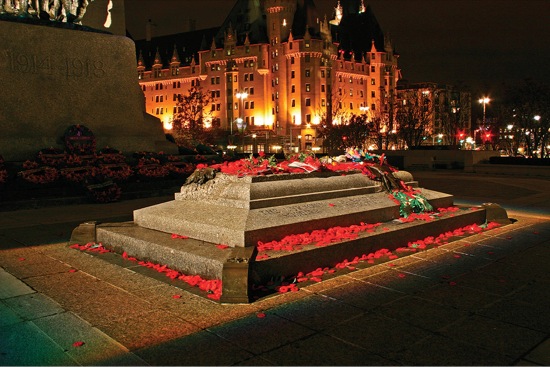
The Tomb of the Unknown Soldier in Ottawa, Ontario.
Photo by Barbara Hill.
A Day for Remembrance
Each year, late in the fall, when winter seems only a breath away, when the leaves have turned from green to yellow and orange and red and then blown away, and when the last Halloween pumpkin has said its final farewell, Canadians remember.
At the beginning of November, you will start to see people wearing small red poppies on their coats and jackets. Each day, more and more people will put on a poppy, until by November 11 it seems like there are millions of poppies out there. Veterans wear them, armed forces members wear them, business people wear them, ministers and doctors and teachers wear them. Even school kids wear them.
Canadians wear poppies and we remember. But what do we remember? And why? In this book, many of the customs and traditions of Canadas Remembrance Day will be explained. It is hoped that students, parents, and teachers will find the explanations beneficial as they prepare for this special day.
The 11th Hour of the 11th Day of the 11th Month
In Canada, we set aside one day each year, November 11, as Remembrance Day. The reason we observe Remembrance Day on this particular day is that it was on November 11, 1918, at 11:00 in the morning, that the armistice that ended the First World War came into effect. The armistice was an agreement between the Germans and the Allies to end the fighting. Later, a treaty was signed by all nations involved that set out the terms for peace.
The first Remembrance Day was observed a year after the armistice, on November 11, 1919. At the time it was called Armistice Day. The name was officially changed to Remembrance Day by a Canadian government bill passed in 1931.
Today, all across Canada, people attend ceremonies on Remembrance Day to honour all those who have been killed in service to our country.
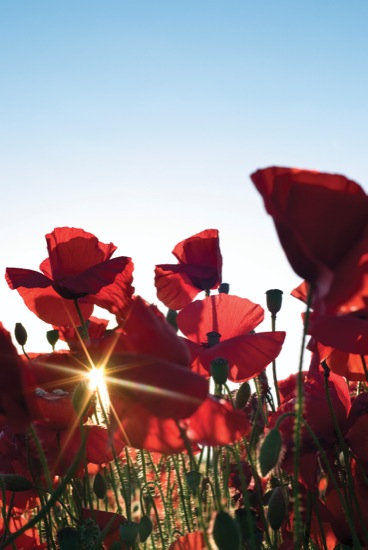
iStock/ dynasoar
Copyright
Copyright 2014 Eleanor Creasey
All rights reserved. No part of this publication may be reproduced, stored in a retrieval system, or transmitted in any form or by any means, electronic, mechanical, photocopying, recording, or otherwise (except for brief passages for purposes of review) without the prior permission of Dundurn Press. Permission to photocopy should be requested from Access Copyright.
Editor: Allison Hirst
Design: Courtney Horner
Epub Design: Carmen Giraudy
Library and Archives Canada Cataloguing in Publication
Creasey, Eleanor, author
On Remembrance Day / Eleanor Creasey.
Issued in print and electronic formats.
ISBN 978-1-4597-2166-1
1. Remembrance Day (Canada)--Juvenile literature. I. Title.
D680.C2C74 2014 j394.264 C2014-902132-1
C2014-902133-X
We acknowledge the support of the Canada Council for the Arts and the Ontario Arts Council for our publishing program. We also acknowledge the financial support of the Government of Canada through the Canada Book Fund and Livres Canada Books, and the Government of Ontario through the Ontario Book Publishing Tax Credit and the Ontario Media Development Corporation.
Care has been taken to trace the ownership of copyright material used in this book. The author and the publisher welcome any information enabling them to rectify any references or credits in subsequent editions.
J. Kirk Howard, President
The publisher is not responsible for websites or their content unless they are owned by the publisher.
Visit us at: Dundurn.com
@dundurnpress
Facebook.com/dundurnpress
Pinterest.com/dundurnpress
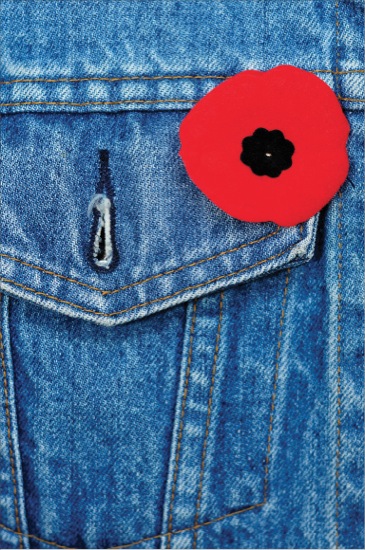
iStock/ Pichunter
In Flanders Fields the Poppies Blow
During the First World War, soldiers in northern Europe noticed that, every spring, red poppies grew in the battlefields and around the graves where their fallen comrades were buried. These poppies inspired Canadian physician Lieutenant Colonel John McCrae to write the poem In Flanders Fields.
There are a variety of stories about why we came to wear poppies for Remembrance Day. Some believe that it was an American woman, Moina Michael, who, inspired by the poem by John McCrae, came up with the idea to use cloth poppies as symbolic reminders of those who had not returned home. Her idea was not very successful at first, but a few years later a French woman, Anna Gurin, began to promote the idea of selling the poppies to support worthy causes related to the war. She travelled to many countries, including Canada, where she met with representatives of the Great War Veterans Association of Canada. This group decided to name the poppy as their national flower of Remembrance on July 5, 1921. Starting in 1922, disabled war veterans began making the poppies, sponsored by the Canadian government. Today, the Royal Canadian Legion produces and sells the poppies we all wear on Remembrance Day.


